[We were saddened to learn that our science writer, Ida Moya, had to go on an extended leave of absence due to her work at Los Alamos heating up (hopefully not to the point of reaction!) However, as a door closed, another opened — one of Ms. Moya's colleagues, Kaye Dee, indicated that she would be delighted take over Ida's column.
Kaye Dee lives in Sydney, Australia. She's a career woman with a degree in physics who loves science fiction and is interested in everything, but especially space exploration and astronomy. She worked for a few years as a Computer at the Weapons Research Establishment, under Ida Moya's colleague Mary Whitehead, and is currently a tutor at the University of Sydney while she undertakes a higher degree. While in Sydney, she is boarding with her married twin sister Faye and her family. Kaye loves to travel, reads voraciously and enjoys writing to penfriends overseas.
We hope you enjoy this article, planned to be the first of many!]

by Kaye Dee
I read in the paper today that Mr. Gerhardt Zucker’s latest attempt to demonstrate one of his mail rockets in West Germany on May 7 ended in tragedy, with at least one person killed when the rocket exploded. Rocket mail seems to be one of those things that people are always predicting will be part of the future, just like flying cars, but nobody seems to be able to successfully develop.
I first got interested in rocket mail when I read a piece on “missile mail” by Mr. Willy Ley, who writes such interesting articles and books about space travel. That was ten years ago, in the August 1954 issue of Galaxy Magazine. According to the article, the oldest idea for any kind of rocket mail goes back to a German newspaper editor in 1810, but the first person to actually fly mail in a rocket was an Austrian chap, Mr. Friedrich Schmiedl. He began experimenting with rockets in the 1920s as a way to overcome communications difficulties between villages in the rugged Austrian Alps. Mr. Schmeidl flew the first rocket mail in February 1931, selling the stamped envelopes he carried in his rocket to finance his research.
Mr. Schmeidl’s idea quickly caught on and the 1930s was a period of rocket mail experimentation around the world. There were rocket mail societies and experimenters in many countries, including Germany, England, America, India, Cuba and even here in Australia. The Australian Rocket Society operated in Brisbane, Queensland, from 1935 to 1937, but they never managed to successfully fly the mail from one place to another. They were actually influenced by Mr. Zucker’s work, as he was one of the early German mail rocketeers and began launching mail rockets in 1931.
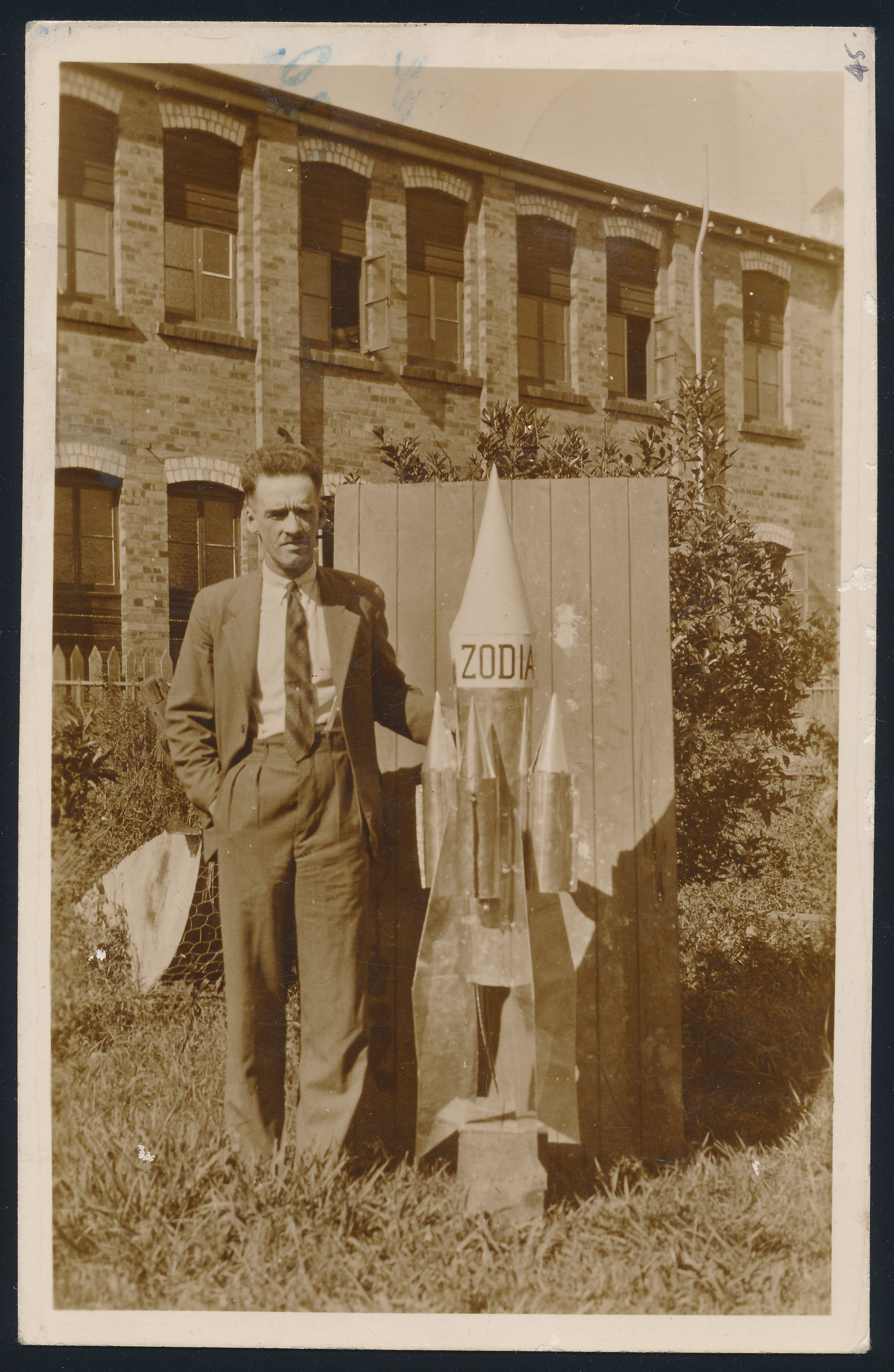
My uncle Ernie, who collects air mail and rocket mail and has started collecting stamps marking space missions, tells me that Mr. Zucker had a very chequered career promoting rocket mail and that he was really something of a fraud. His mail rockets, with their shiny metal hulls that looked like the illustrations from science fiction magazines and Buck Rogers serials, were only powered by home-made gunpowder charges and they were more likely to blow up than to fly: too bad for all those collectors who paid in advance for their envelopes to fly in the rocket!
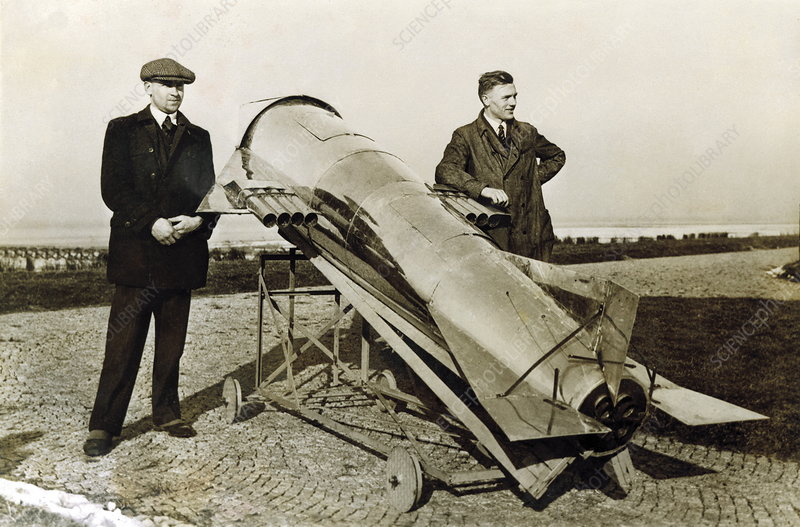
Mr. Zucker tried to interest the Nazis in his rockets (as a way to deliver bombs) and then in 1934 tried to interest the Royal Mail in Britain in mail rockets. However, his rocket demonstrations were spectacular failures and he was deported from Britain as a 'threat to the income of the post office and the security of the country'.
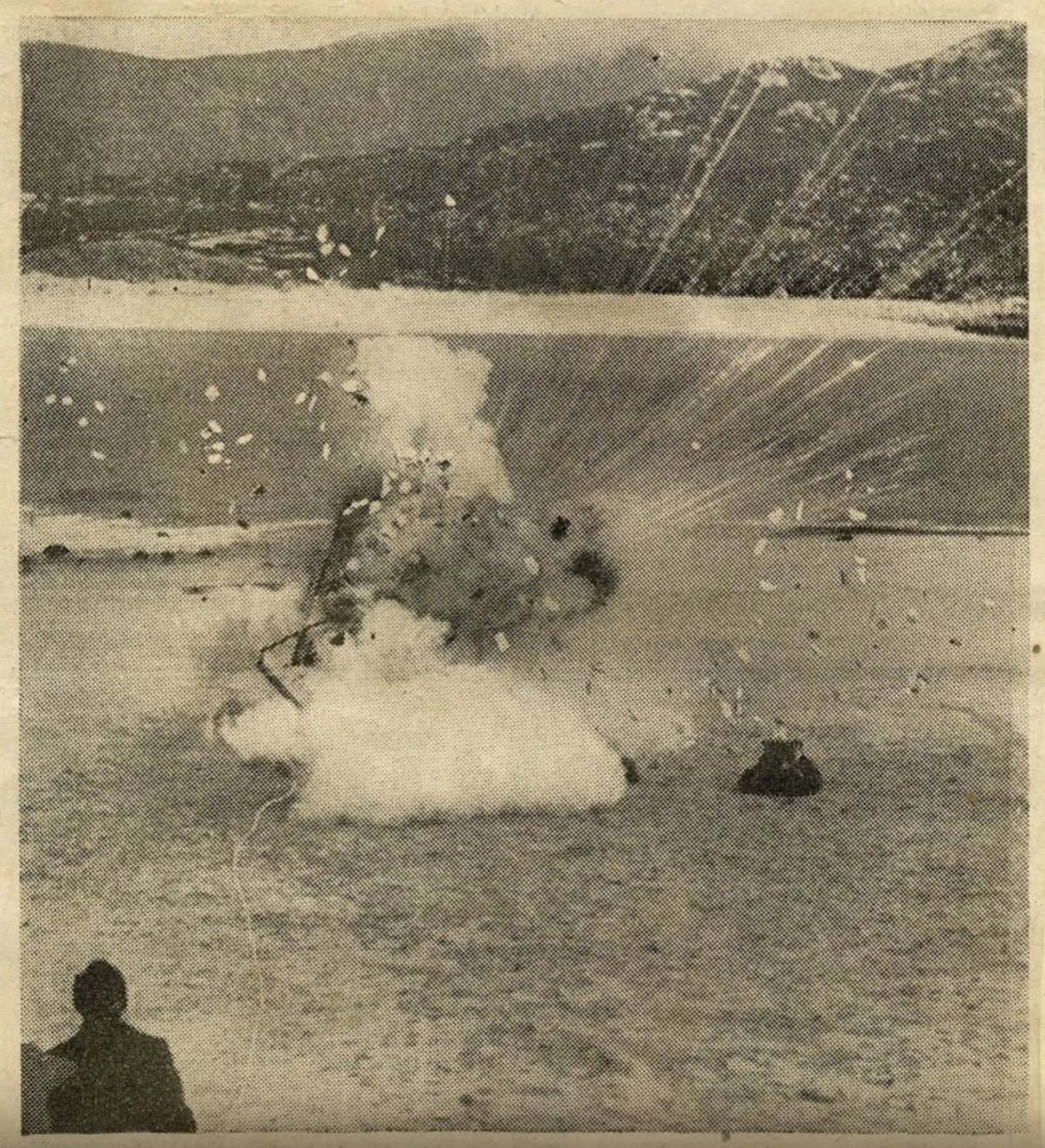
When he arrived back in Germany he was immediately arrested on suspicion of espionage or collaboration with Britain and narrowly escaped arrest and commitment to an asylum, although he was forbidden to make further rocket experiments. Mr. Zucker has recently started his rocket mail flights again, but after this latest tragic incident, I don’t think there will be too many more. Uncle Ernie has heard a rumour that the West German authorities are now going to ban all non-military rocket launches, which would mean the end of all amateur rocketry in the country.
In his article about “missile mail” Mr. Ley made the point that since the War, fast transatlantic air travel has pretty much rendered long-distance mail rockets un-necessary. Even so, the idea of rocket mail persists. In 1955, I read E.C. Eliott’s Tas and the Postal Rocket, a juvenile science fiction adventure that revolves around a rocket mail service based at the Woomera Rocket Range, in South Australia. There was also an article I enjoyed in the January 1957 issue of Mechanix Illustrated that suggested we would have rocket mail by 1965 — so we’ll soon see if that prediction comes true.
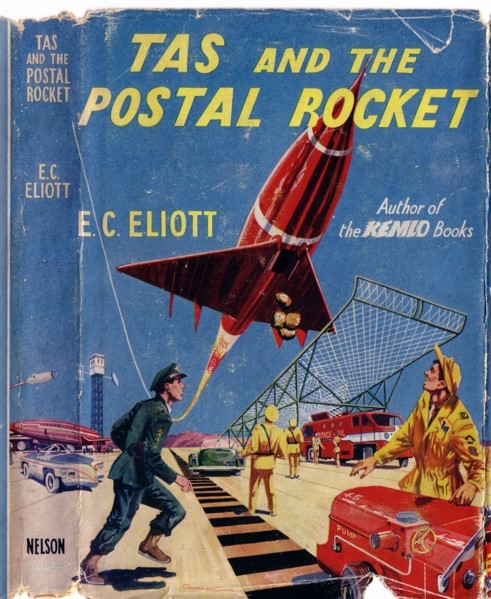
In 1959, looking for faster ways to deliver the mail, the US Post Office Department enlisted the help of the Navy for a demonstration of “missile mail”. On June 8, the submarine USS Barbero fired a Regulus cruise missile, carrying two containers with about 3,000 pieces of mail. After a 22-minute flight, the missile delivered its cargo, right on target to Naval Station Mayport in Florida. When it arrived safely, the US Postmaster General, who was waiting to receive the mail said; “before man reaches the moon, mail will be delivered within hours from New York to California, to Britain, to India or Australia by guided missiles. We stand on the threshold of rocket mail."

Well, we here Down Under would certainly like to see our mail arrive from overseas at the speed of a missile. Will we see operational rocket mail next year? I doubt it, but if we do, maybe after it arrives here via rocket, the mail will be delivered by a flying postman, wearing a rocket-belt like I saw demonstrated at the Royal Easter Show in Sydney in March. The Easter Show is the local equivalent of a state fair and the performances by American rocket-belt flyer Robert Courter were a huge attraction. On the first day Mr. Courter flew a mail delivery across the main showring and delivered it right into the hands of the Prime Minister, Sir Robert Menzies.

But maybe the development of satellite communications will do away with some of the need for superfast mail delivery anyway. In North America and Europe, you’ve already had the opportunity to make phone calls and see events delivered live on television via a satellite, but none of the communications satellites so far launched have been in the right position to provide a connection to Australia. The government here is talking about whether it will join the global satellite communications system that has been proposed by the United States and I think that would be a fantastic idea.
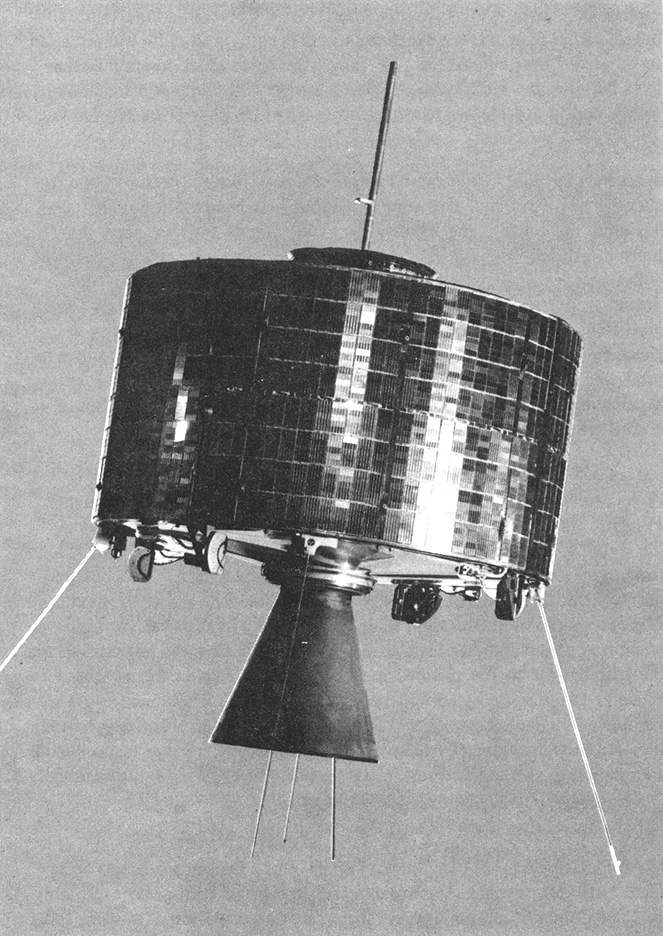
Australia is such a huge country, with a very small population, that providing a phone service to everyone in remote areas is difficult or incredibly expensive. People who live on remote stations (enormous sheep and cattle ranches) in the Outback have to rely on radio to call the Flying Doctor in an emergency. The kids also have their school lessons over the radio, through the School of the Air. Just imagine how much of an improvement it would be if they could phone anywhere via satellite and get television for education and entertainment.
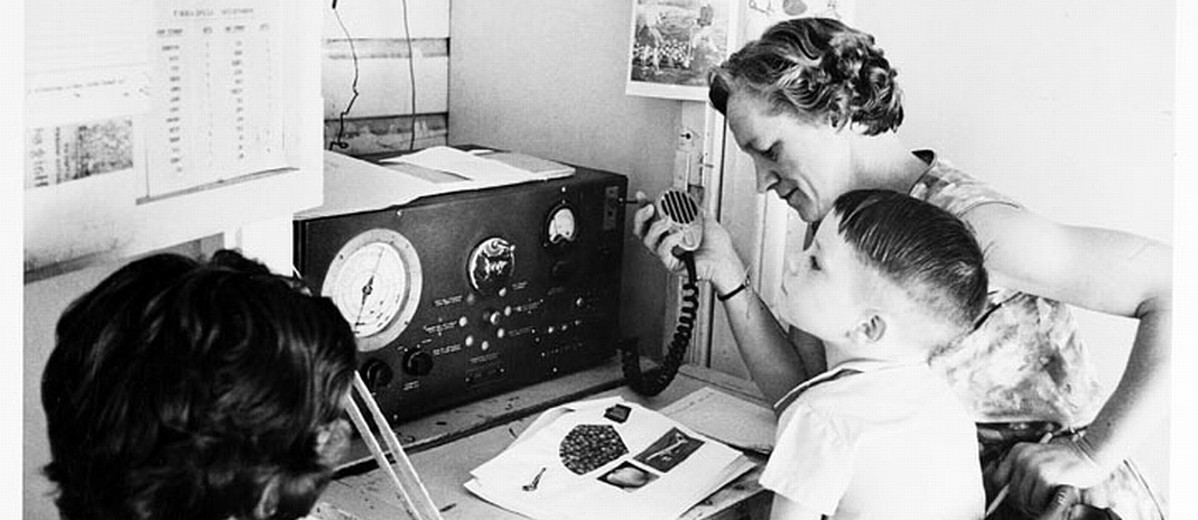
It’s only two years since Sydney and Melbourne were connected by the Co-axial Cable, so that we could make direct dial calls between the two state capitals, and only last year that we had the first live television broadcasts between Sydney and Melbourne. It’ll be great to see Australia connected to the world via satellite…
I just hope it won’t be too expensive for me to call my cousins in Scotland!

![[May 14, 1964] Special delivery! (getting your mail via rocket)](https://galacticjourney.org/wp-content/uploads/2019/05/640514Taspostalrocket-491x372.jpg)





